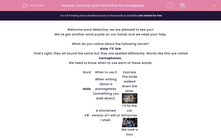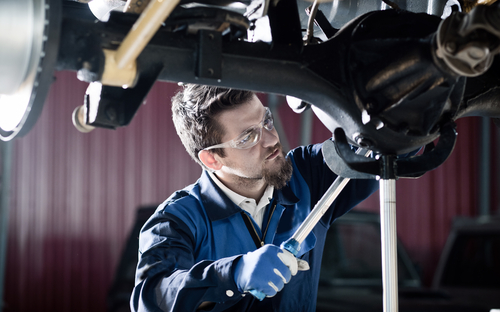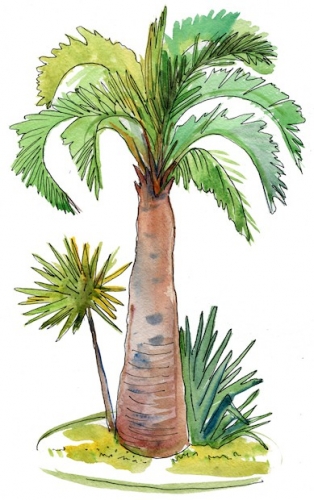Welcome word detective, we are pleased to see you!
We’ve got another word puzzle on our hands and we need your help.
What do you notice about the following words?
aisle I’ll isle
That’s right, they all sound the same but they are spelled differently. Words like this are called homophones.
We need to know when to use each of these words:
| Word | When to use it | Example |
|
aisle |
When writing about a passageway (something you walk down). |
The bride walked down the aisle.
|
|
I’ll |
A shortened version of I will or I shall. |
I’ll fix the car tomorrow.
|
|
isle |
Another word for a small island. |
We took a tour around the isle.
|
Using these meanings, which word would best complete this sentence?
I walked down the supermarket ____ (aisle, I’ll, isle).
The best answer is aisle as it is something we walk down, so: I walked down the supermarket aisle.

Here are some other examples of homophones and when to use them:
|
its |
When something is belonging to it. |
it’s |
When we could say it is or it has. |
|
main |
Something of high importance. |
mane |
An animal’s neck hair. |
Let’s take a look at another question:
Which word would best complete this sentence? Use the table above to help you and don’t forget to make a note of any new words.
The dog wagged (its/it's) tail.
The answer is its as the tail belongs to the dog, and it wouldn't make sense for us to say that the dog wagged it is tail. So: The dog wagged its tail.
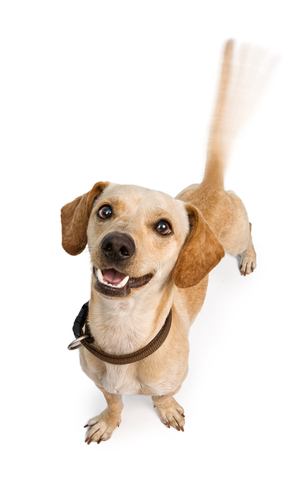
Let’s try another:
The team really relied on their ____ (main/mane) player.
The answer is main as we are talking about an important player, so: The team really relied on their main player.
Final one, and then it’s your turn:
The cat licked ___ (its/it’s) fur.
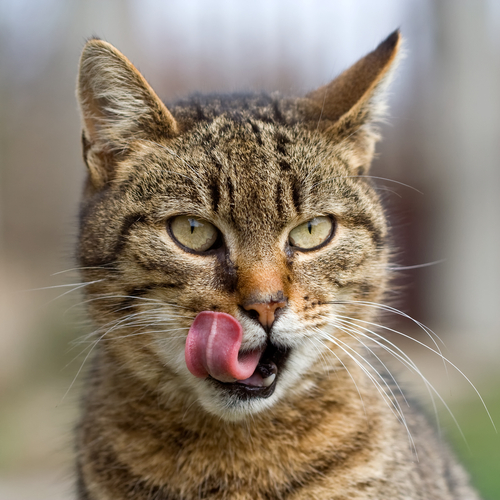
The best answer is its as we are talking about the fur which belongs to the cat, so: The cat licked its fur.
Speaking of its and it’s….it’s now your turn to hunt the homophones.
(1).png) |
Pssst!! Top Tip: The best way to get to grips with pesky homophones is to write them down in your vocab book. This way, you can learn what each spelling means. |
Good luck!

